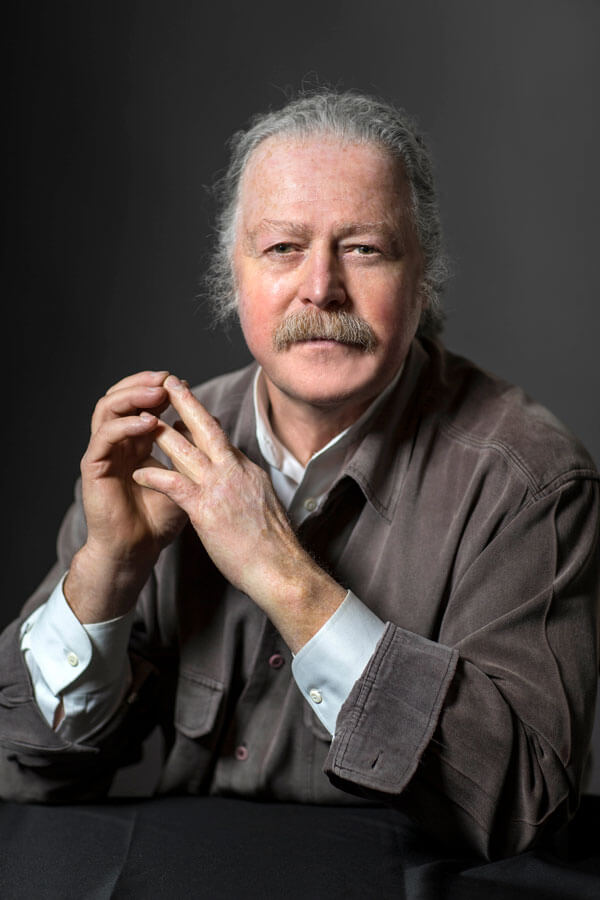Support The Albert Paley Archive Collection
Gifts to support the Albert Paley Archive collection can be made in a variety of ways. Your gift will support the acquisition and care of the Albert Paley Archive collection.
The Albert Paley Archive Collection
This archive will allow students, faculty and researchers to study and learn in four unique areas.
Paley’s archive documenting the process behind working with a variety of municipalities represents a singular collection documenting the creative process and the resulting artworks that have become indelible, meaningful symbols of place and community. Students and scholars alike will have access to learn from these primary source materials within the RIT archives. This immense catalog of work will be preserved for researchers and students through RIT’s mission of careful preservation and digitization for broad access.
The archive will be a resource for artists and students to study and learn about professional practice and studio management. Students could use the archive as part of a professional practices course and also for their own research in studio management and for specific projects.
The archive will offer faculty in the College of Art and Design a mechanism to build academic programs around the business of art. Many archives lack the documentation and records that will be included in the acquisition of the Paley archive and these materials allow for expanding our students’ knowledge in the business of becoming and succeeding as an artist.
The archive will offer RIT Museum Studies Program and the Architecture Program a unique opportunity for study and reflection as to how municipalities, corporations, and other publicly facing entities have approached art and sculpture in the public arena. This resource will be an invaluable research and study tool for the program.
The Paley Archives at RIT will allow for in depth research and education into the life, work and business of one of America’s most distinguished and influential metal sculptors. The archives at RIT will not only preserve the work of Mr. Paley but also will inspire countless others as they too pursue their own educational and artistic goals.
In addition, many courses can be enhanced through the use of the archive for teaching and learning including:
- Studio Practice
- Business and Marketing
- Public Art
- Sculpture
- Architecture and Art
- 3D Design Technology
- Goldsmithing (Jewelry)
- 20th Century Studio Art Movement
- Design
- Art Historical Material
- Intern and residency programs for art students

